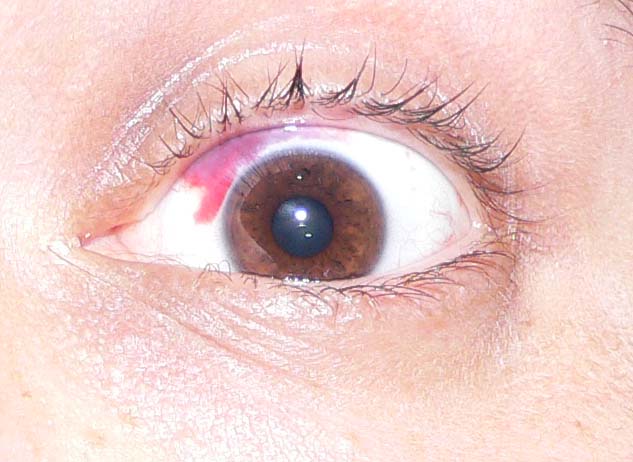Bleeding classification
Editor-In-Chief: C. Michael Gibson, M.S., M.D. [1]
Please Take Over This Page and Apply to be Editor-In-Chief for this topic: There can be one or more than one Editor-In-Chief. You may also apply to be an Associate Editor-In-Chief of one of the subtopics below. Please mail us [2] to indicate your interest in serving either as an Editor-In-Chief of the entire topic or as an Associate Editor-In-Chief for a subtopic. Please be sure to attach your CV and or biographical sketch.
Types of bleeding
Hemorrhage is broken down into 4 classes by the American College of Surgeons' Advanced Trauma Life Support (ATLS).[1]
- Class I Hemorrhage involves up to 15% of blood volume. There is typically no change in vital signs and fluid resuscitation is not usually necessary.
- Class II Hemorrhage involves 15-30% of total blood volume. A patient is often tachycardic (rapid heart beat) with a narrowing of the difference between the systolic and diastolic blood pressures. The body attempts to compensate with peripheral vasoconstriction. Skin may start to look pale and be cool to the touch. The patient might start acting differently. Volume resuscitation with crystaloids (Saline solution or Lactated Ringer's solution) is all that is typically required. Blood transfusion is not typically required.
- Class III Hemorrhage involves loss of 30-40% of circulating blood volume. The patient's blood pressure drops, the heart rate increases, peripheral perfusion, such as capillary refill worsens, and the mental status worsens. Fluid resuscitation with crystaloid and blood transfusion are usually necessary.
- Class IV Hemorrhage involves loss of >40% of circulating blood volume. The limit of the body's compensation is reached and aggressive resuscitation is required to prevent death.
Individuals in excellent physical and cardiovascular shape may have more effective compensatory mechanisms before experiencing cardiovascular collapse. These patients may look deceptively stable, with minimal derangements in vital sounds, while having poor peripheral perfusion (shock). Elderly patients or those with chronic medical conditions may have less tolerance to blood loss, less ability to compensate and take medications, such as betablockers, which may blunt the cardiovascular response. Care must be taken in the assessment of these patients.

References
- ↑ Manning, JE "Fluid and Blood Resuscitation" in Emergency Medicine: A Comprehensive Study Guide. JE Tintinalli Ed. McGraw-Hill: New York 2004. p227